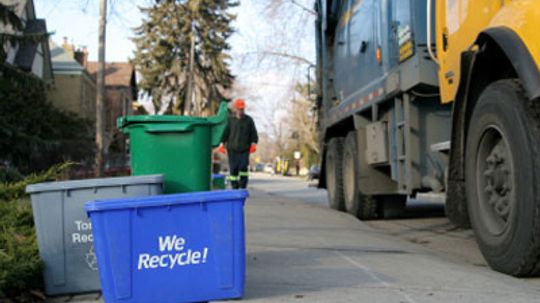In a world increasingly concerned with sustainability, the question of whether it is greener to renovate or rebuild has become a topic of great significance. Delving into this complex matter requires an introspective examination of both options and their respective environmental implications.
The Ecological Footprint of Renovation
When considering renovation as an alternative to reconstruction, one must acknowledge its potential benefits in terms of reducing waste and preserving existing structures. By repurposing materials and utilizing existing infrastructure, renovations can minimize the ecological footprint associated with construction activities. However, it is crucial to note that older buildings often lack energy-efficient features and may require extensive upgrades to meet modern standards.
The Sustainable Aspects of Reconstruction
On the other hand, reconstruction offers opportunities for incorporating sustainable design principles from inception. New constructions can be designed with eco-friendly materials, energy-efficient systems, and renewable technologies that significantly reduce long-term environmental impact. Additionally, reconstructions allow for improved insulation techniques and better integration of natural lighting sources – factors that contribute to reduced energy consumption over time.
Weighing the Pros and Cons
While both renovation and reconstruction have their merits in terms of sustainability, each approach presents unique challenges. Renovations may encounter unforeseen structural issues or limitations due to outdated designs; however, they offer a chance to preserve historical value while minimizing waste generation. On the contrary, reconstructions provide greater flexibility in implementing cutting-edge green technologies but involve higher initial resource consumption during construction.
A Holistic Perspective on Sustainability
In conclusion, determining whether it is greener to renovate or rebuild necessitates careful consideration of various factors, including the condition of existing structures, available resources, and long-term environmental impact. A holistic approach that combines elements of both renovation and reconstruction may be the most sustainable solution in many cases. By embracing innovative design practices while respecting historical significance and minimizing waste generation, we can strive towards a greener future for our built environment.




